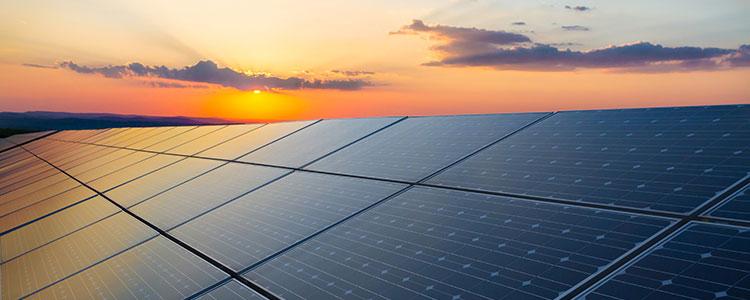In a turn of events that could be mistaken for an environmentalist’s nightmare, Costa Rica’s Compañía Nacional de Fuerza y Luz (CNFL) has been hitting solar panel users with electric bills that are, quite literally, through the roof. Since October, the utility company has been charging solar energy users up to a whopping 400% more for their electricity. This development, akin to a plot twist in a dark comedy about renewable energy, has solar panel users seeing red instead of green.
The Solar Surcharge Saga: CNFL’s New Pricing Policy
The heart of this financial tempest lies in the CNFL’s new billing method, which kicked in last October. It turns out that customers who have embraced solar energy are being charged considerably more under a new scheme for distributed generation. Distributed generation essentially means users who have installed solar panels for self-consumption can sell back excess energy to the grid.
However, CNFL’s new pricing policy seems to punish rather than reward these eco-conscious customers. For instance, Asejur, a law firm in San Pedro de Montes de Oca, saw its monthly bill leap from ¢69,510 in September to an eyebrow-raising ¢183,080 in October – a 163% hike for the same consumption.
Solar Panel Users’ Dismay: From Eco-Friendly to Eco-Fleeced
This staggering increase in electricity costs has left many solar panel users in a state of disbelief and frustration. It’s a classic case of good intentions gone awry. Many who installed solar panels to reduce their carbon footprint and save on energy costs are now being slapped with bills that could make a coal baron blush.
A Complicated Calculation: Aresep’s Role in the Hike
This solar surcharge stems from a change in tariffs approved by the Autoridad Reguladora de los Servicios Públicos (Aresep). In an effort to promote distributed generation as per the Law 10.086, Aresep introduced a new formula involving four different prices, including charges for connection to and use of the electric grid.
The irony is that these measures, intended to facilitate solar energy adoption, have instead backfired spectacularly, leaving solar users feeling more burned than the panels on their roofs.
The ‘Sunshine Tax’: A Cloud Over Renewable Energy
Critics have dubbed this situation a ‘Sunshine Tax’, arguing that it unfairly penalizes those who have invested in clean energy. The outcry is not just about the higher costs but also about the message it sends at a time when shifting to renewable energy sources is more critical than ever.
CNFL’s Justification and Users’ Reactions
CNFL, caught in the eye of this storm, attributes the increased charges to the new Aresep tariffs, which they claim are mandatory. Meanwhile, the affected customers are left grappling with bills that could make one nostalgic for the days of candlelight and horse-drawn carriages.
A Tangled Web of Charges and Confusion
Adding to the confusion, some bills include ambiguous charges like the Costo de Acceso Generación Distribuida (COA) and Costo Acceso Generación Distribuida Débito Manual (AGD). This double whammy of charges has left many wondering if they’re paying to power their homes or funding a moonshot.
A Call for Clarity and Fairness
In response to the uproar, there have been calls for Aresep and CNFL to clarify these charges and reconsider the impact on small-scale renewable energy producers. The hope is for a resolution that supports, rather than stifles, the move towards greener energy solutions.
The Road Ahead for Costa Rica’s Solar Users
As Costa Rica treads the path towards a sustainable future, this controversy highlights the need for clear, fair policies that encourage, rather than hinder, the adoption of renewable energy. The CNFL’s solar panel saga serves as a cautionary tale of good intentions getting lost in translation, leaving many to hope for a sunnier outcome.


1 comment
[…] Source link […]